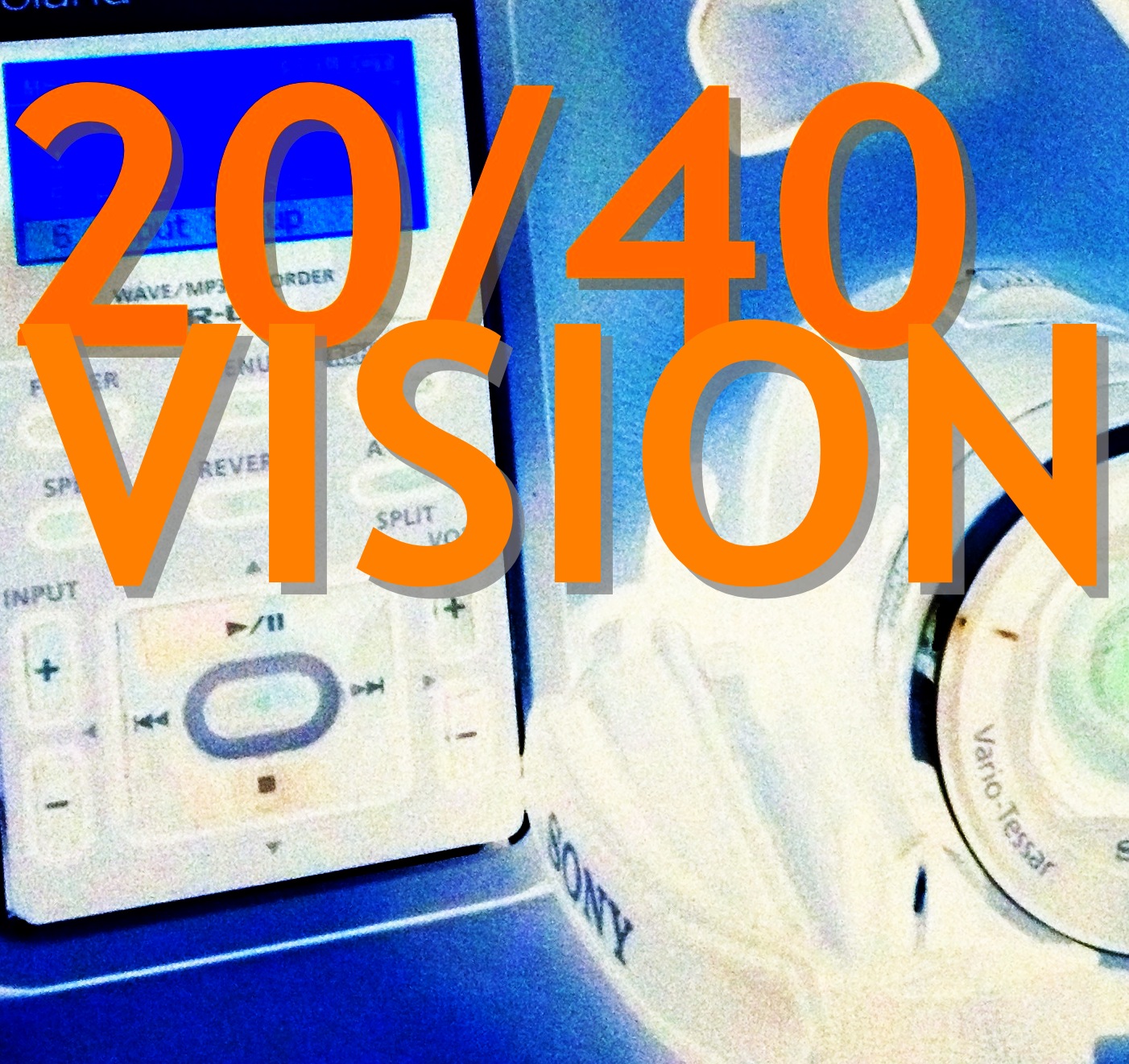This is an adventure.
So the spring term is in full swing and I’m excited to be teaching a new course called “Filming the Past” in addition to my usual STS offerings. Here’s the syllabus, if you’re interested. Filming the Past is a history and digital humanities course that tries to help students understand the process by which history is written and then disseminated to wider, “popular” audiences. In addition to talking about traditional historiography, the course asks how certain historical accounts become popularized as the truth or “common knowledge?” What role do visual media, particularly films and documentaries, play in the process of creating and understanding the past? How can film be a force for uncovering and popularizing “hidden” histories that upset our assumptions about the past?

This course tries to change things up a bit by focusing on less well-known chapters in history, looking at how films and documentaries can be tools for disseminating historical knowledge and how they can also be activist interventions in how we understand the past and its relationship to the society we live in today. Students will learn how to write a short history from primary documents, conduct interviews, and create their own podcasts and short video documentaries on a historical topic.
In today’s class we’re going to be talking about the Magdalene Laundries, and the unusual ways in which their history was kept hidden, and later, the unusual ways in which it started to become common knowledge. We’re going to try to do an in-class audio recording exercise that will hopefully become a class-wide collaborative podcast episode. You can listen to our introductory episode here. It explains why our podcast is called “20/40 vision.” I’m still getting the hang of how to make these audio files–if anyone knows clever ways to amplify Audacity-generated mp3s, I’d love to hear.
If you’re interested in following along with what the class does in real time (or almost real time), check out the class twitter hashtag: #filmpast. We’re using twitter to talk about history since engaging in public conversations about history is part and parcel of this course. Students are setting up their accounts tomorrow and should be tweeting soon thereafter. We also have a list of useful twitter feeds for documentary studies to which we’ll be adding over the course of the semester.

Have you tried using the gain slider in Audacity? It’s the plus-to-minus slider right underneath the Mute and Solo buttons on the left panel of each track.
Thanks, Kiernan, I have, but that’s up as far as it will go. I’ve been playing around with other audio effects like the leveling effect now. Thanks for your response.